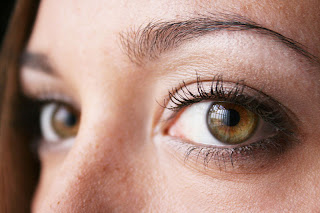Vitamin D is often called the “sunlight” vitamin because the body produces it when the sun’s ultraviolet B (UVB) rays are absorbed through the skin. The vitamin is essential for strengthening bones and building a healthy immune system, but it is often used as an excuse to justify sun exposure and tanning. However, according to a recent statement from the Skin Cancer Foundation, the healthiest and most effective way to absorb vitamin D is by eating a balanced diet and taking vitamin supplements. The Foundation also stated that sun exposure actually weakens the immune system, countering one of the key benefits of vitamin D.
“The misconception that exposure to UVB radiation is the optimal source of vitamin D puts people at risk for potentially life-threatening skin cancer,” Dr. Perry Robins, President of the Skin Cancer Foundation, said in the statement. “Furthermore, in most cases the body stops producing Vitamin D after just a few minutes of sun exposure.”
The Skin Cancer Foundation article listed some myths and facts
related to vitamin D, sun exposure and tanning:
Myth: UVB radiation is
a good source of vitamin D.Fact: We can produce only a limited amount of vitamin D from UVB radiation. For Caucasians, that limit is reached after just five to 10 minutes of midday sun exposure.1 After reaching the limit, further exposure will not increase the amount of vitamin D in the body. Rather, it has the opposite effect: the vitamin D stored in the body begins to break down, leading to lower vitamin D levels. 4
Myth: Sun exposure is the only source of vitamin D.
Fact: Vitamin D can be obtained from oily fish (like salmon, fresh tuna, trout and sardines) and cod liver oil, as well as from fortified orange juice and milk, yogurts, and some cereals. Supplements are readily available and inexpensive.
Myth: Tanning beds are a healthy option for boosting vitamin D levels.
Fact: The indoor tanning industry often makes the false claim that indoor tanning is helpful for vitamin D production. In reality, vitamin D is received through exposure to UVB rays; the bulbs used in tanning beds mainly emit UVA rays. Tanning beds are a known carcinogen. Just one indoor UV tanning session increases users’ chances of developing melanoma by 20 percent, and each additional session during the same year boosts the risk almost another two percent. 5
For more information about skin cancer prevention and vitamin D, visit SkinCancer.org.
1 Wolpowitz D, Gilchrest BA. The vitamin D
questions: how much do you need and how should you get it? J Am Acad Dermatol 2006; 54:301-17.



